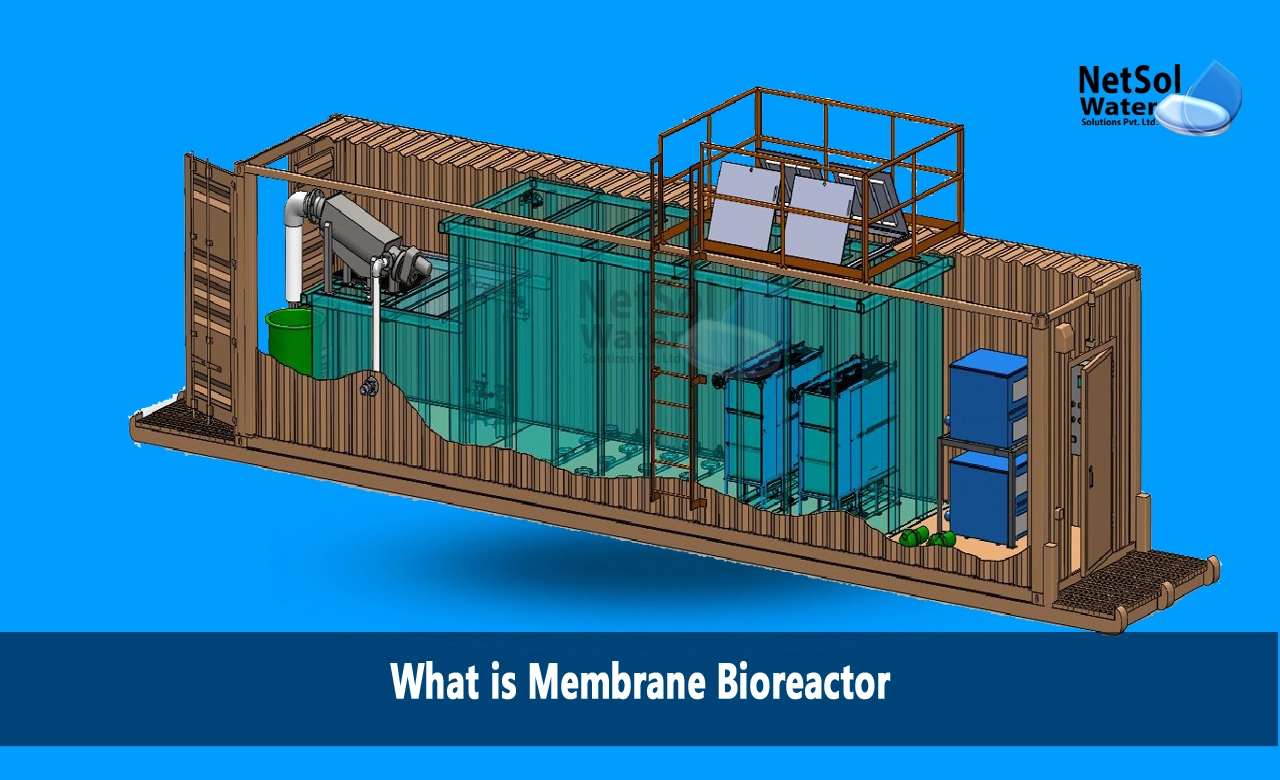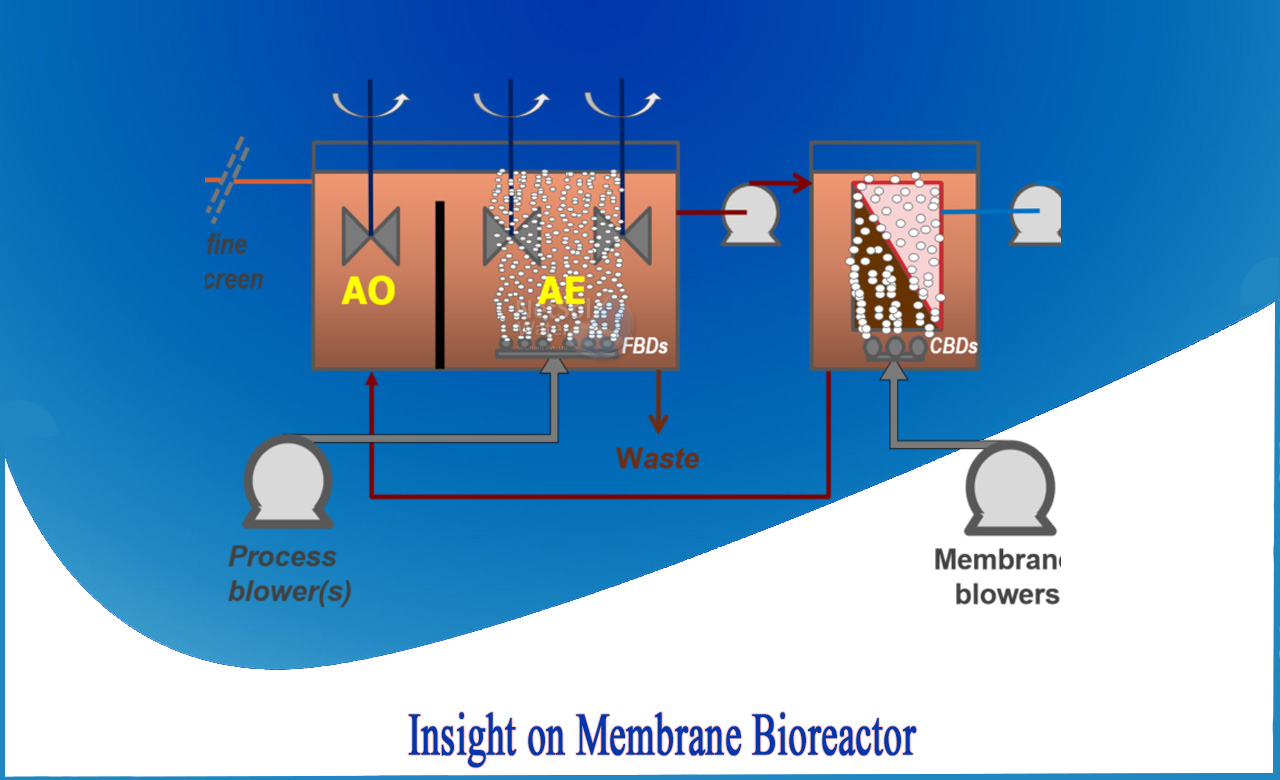Understanding the Basics of Membrane Bioreactor Systems for Wastewater Management
Understanding the Basics of Membrane Bioreactor Systems for Wastewater Management
Blog Article
Just How Membrane Bioreactors Are Reinventing Water Purification Solutions
The development of membrane bioreactors (MBRs) represents a considerable innovation in the area of water filtration, combining organic therapy procedures with innovative membrane layer filtering innovations. As worldwide water shortage heightens, the function of MBRs in helping with drinkable water reuse and sustainable water management becomes significantly essential.
Review of Membrane Layer Bioreactors
Membrane layer bioreactors (MBRs) represent a significant advancement in water filtration modern technology, as they integrate biological treatment procedures with membrane filtration. This assimilation boosts the effectiveness of wastewater treatment by utilizing microbes to break down organic toxins while all at once utilizing semi-permeable membranes to different treated water from suspended virus and solids.
The MBR system typically contains an organic activator where the microbial population metabolizes contaminants, adhered to by a membrane layer filtration device that maintains biomass and enables just clean water to pass through. This twin capability leads to higher effluent high quality compared to standard treatment approaches. MBRs can be operated in both set and continuous circulation modes, using flexibility in layout and application.
They additionally make it possible for the recovery of water for reuse, therefore contributing to water sustainability efforts. On the whole, MBRs are at the forefront of improving water treatment effectiveness and top quality, showcasing the possibility for cutting-edge solutions in environmental administration.
Benefits of MBR Technology
The integration of biological treatment with membrane filtering uses many benefits for water filtration procedures. Among the main advantages of Membrane layer Bioreactor (MBR) technology is its ability to efficiently get rid of both natural and not natural pollutants, causing high-grade effluent. The membrane layers work as a physical obstacle, protecting against put on hold solids and microorganisms from going through, which improves the general safety and reliability of cured water.
In addition, MBR systems call for a smaller sized footprint compared to standard therapy techniques, allowing for more efficient room use. This small design is particularly useful in metropolitan settings where land is limited. MBRs additionally demonstrate operational adaptability, fitting varying influent top qualities and circulation rates without substantial efficiency degradation.
Furthermore, the procedure provides enhanced nutrient elimination capabilities, specifically for nitrogen and phosphorus, which are important for stopping eutrophication in receiving waters. The lowered sludge production related to MBR innovation also converts to lower disposal prices, making it a cost-efficient service in the lengthy run - Membrane Bioreactor. Generally, the advantages of MBR innovation position it as a leading option for innovative and lasting water filtration systems, dealing with both ecological and economic worries
Applications in Water Filtration
Applications of Membrane Bioreactor (MBR) modern technology in water purification are impactful and varied, dealing with different therapy needs throughout numerous industries. MBRs properly combine biological therapy procedures with membrane filtering, making them excellent for community wastewater therapy, commercial effluent management, and even drinkable water reuse campaigns.
In metropolitan settings, MBRs are increasingly utilized to boost the top quality of dealt with wastewater, permitting compliance with rigid discharge guidelines and promoting the recycling of water for watering and non-potable usages. Their portable layout additionally makes them ideal for city settings where room is restricted.
Industrially, MBR modern technology is made use of to deal with procedure water and wastewater, especially in markets such as food and drink, pharmaceuticals, and textiles. By efficiently removing contaminants and suspended solids, MBRs aid sectors decrease ecological effects while recovering useful resources from wastewater streams.
Moreover, MBRs are acquiring traction in decentralized water therapy applications, where small-scale systems can be deployed in remote areas or developing areas. This flexibility allows neighborhoods to achieve sustainable water monitoring options, improving access to tidy water while lowering dependence on conventional treatment approaches.
Study and Success Stories

In another instance, a textile manufacturing center in Bangladesh adopted MBR modern technology to address its wastewater obstacles. The system decreased chemical oxygen need (COD) degrees from 1,200 mg/L to much less than 100 mg/L, therefore meeting regulative standards and substantially reducing ecological impact.
The College of Cape Town's MBR setup has actually shown reliable in treating greywater for non-potable reuse on university. This job not just preserves drinkable water however likewise functions as an academic model for sustainable practices.
Additionally, a fish and shellfish handling plant in Norway used MBR innovation to treat effluents including high degrees of raw material, accomplishing over 90% toxin elimination. These instance studies underscore MBR technology's flexibility and its essential function in improving water quality across varied applications.
Future of Water Therapy Solutions
As global water scarcity and contamination additional hints obstacles magnify, ingenious water therapy remedies are coming to be increasingly vital to ensure sustainable access to clean water. The future of water treatment depends on the combination of innovative modern technologies that enhance the efficiency and effectiveness of purification processes. Membrane bioreactors (MBRs) are at the forefront of this evolution, combining biological treatment with membrane filtration to produce top quality effluent suitable for various applications.

Emerging fads such as source recuperation from wastewater, consisting of nutrients and energy, will further change therapy facilities into eco-friendly centers. Improvements in nanotechnology and membrane materials guarantee enhanced efficiency and long life of filtration systems.
Final Thought
Their duty in potable water Resources reuse and sustainable water administration highlights their relevance in dealing with worldwide water scarcity difficulties. Proceeded research and development will additionally boost the efficacy and adoption of MBR innovation, making certain a resilient future for water treatment services.
The introduction of membrane layer bioreactors (MBRs) stands for a significant development in the field of water purification, combining organic therapy procedures with sophisticated membrane layer purification technologies. As global water scarcity heightens, the function of MBRs in assisting in safe and clean water reuse and lasting water monitoring comes to be significantly essential. They additionally make it possible for the recuperation of water for reuse, hence adding to water sustainability campaigns.As international water shortage and contamination difficulties escalate, innovative water therapy solutions are coming to be significantly crucial to make certain lasting accessibility to clean water. Their role in potable water reuse and lasting water monitoring highlights their relevance in attending to worldwide water scarcity challenges.
Report this page